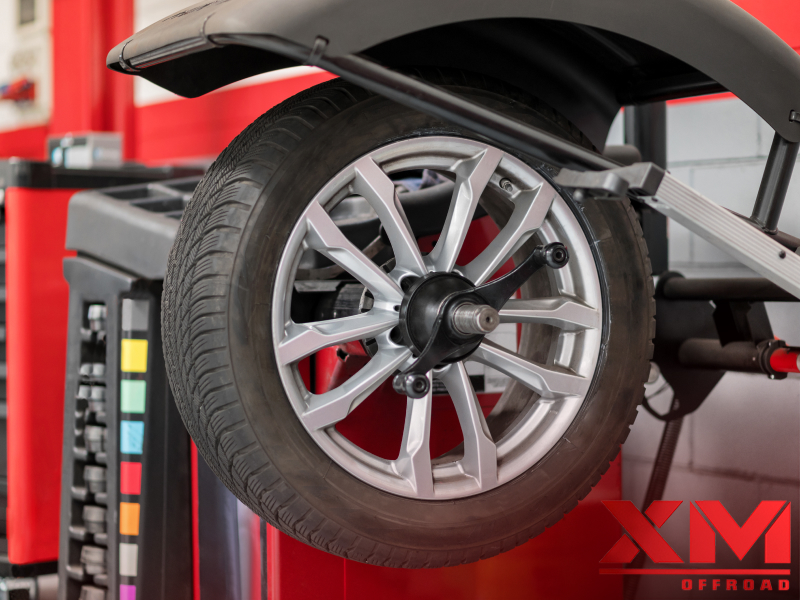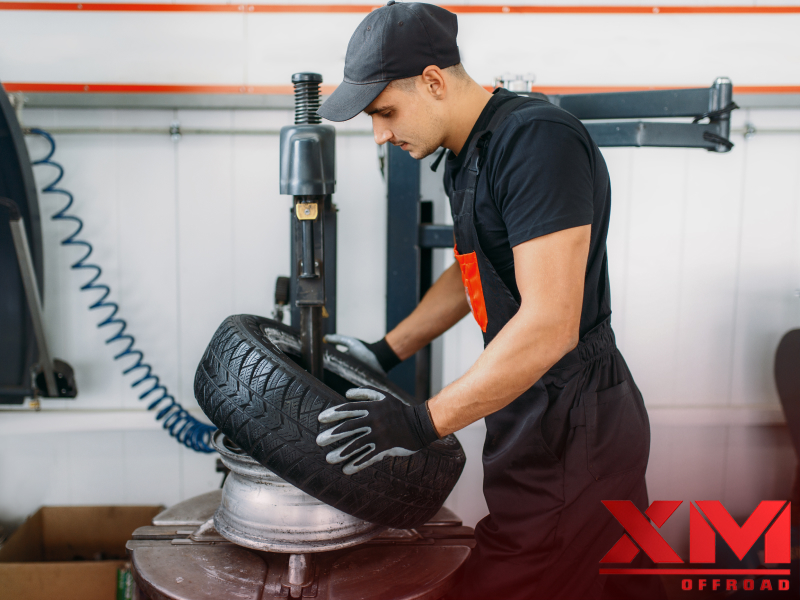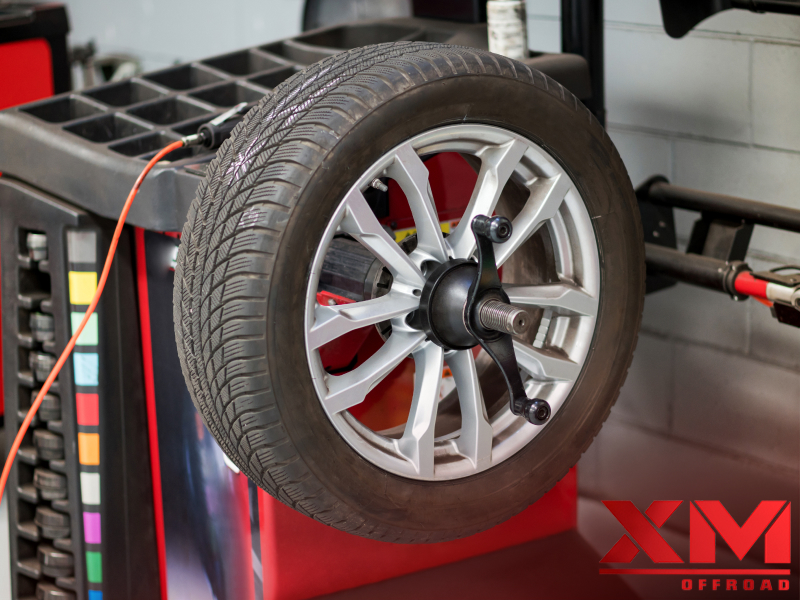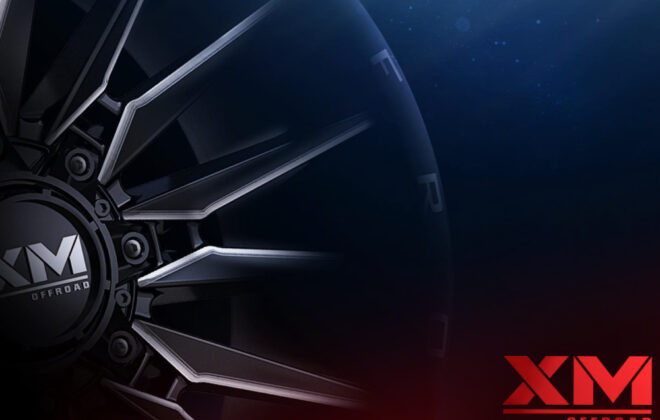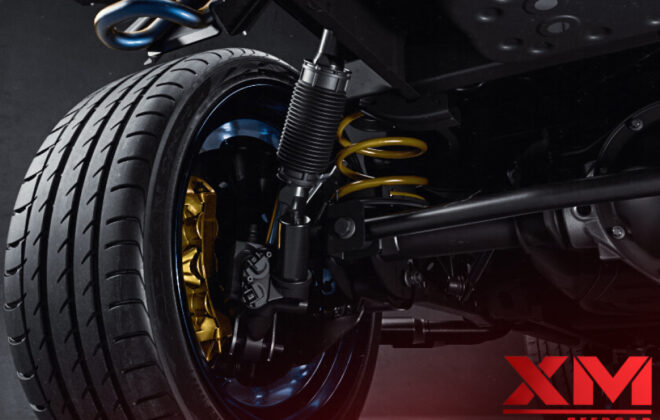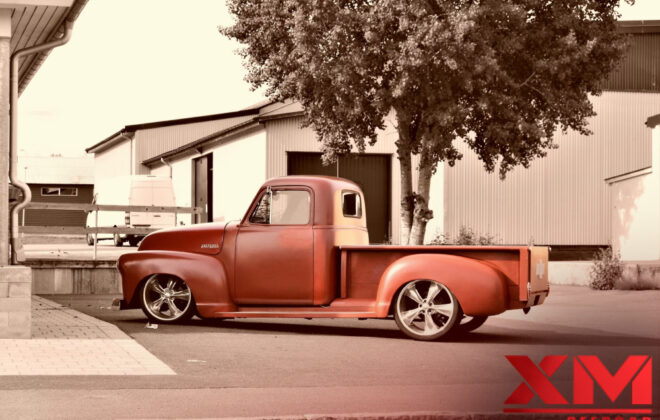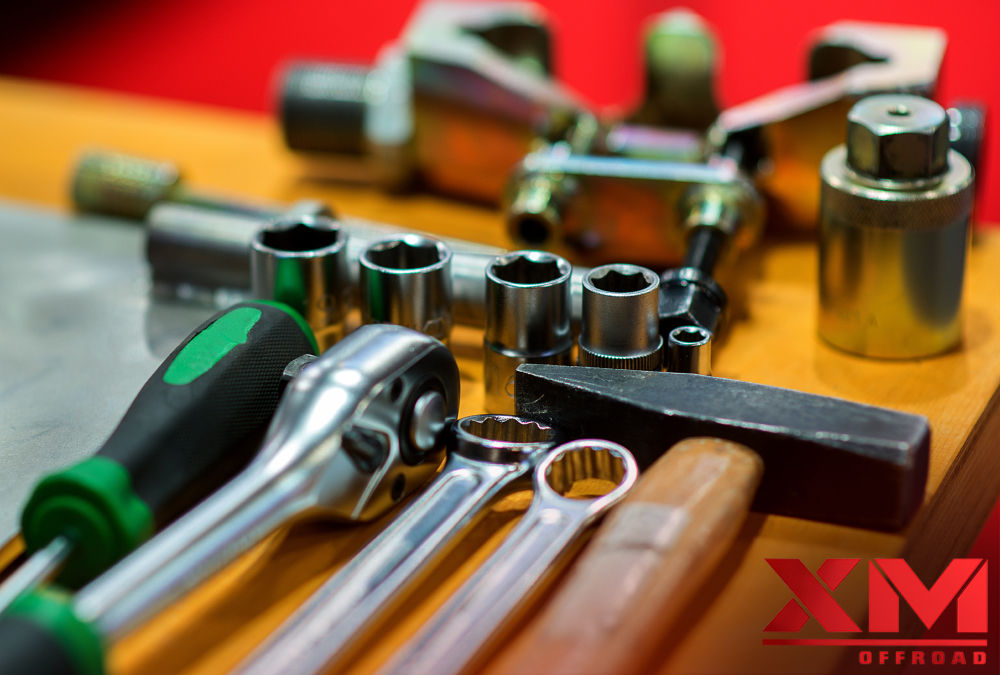
Advanced Tools for High-Performance Tires and Wheels: Precision Balancers and Changers Designed for 26, 28, and 30-Inch Rim Sizes
From cruising the open highway to traversing the rocky mountains of the developing world, high-performance tires and wheels deliver. That means they also require more advanced service equipment in your shop.
Features include easy-to-use customizable screens, automatic run-out testing, and balancing programs that split inside weight to hide them behind spokes for optimum appearance.
-
Balancers
For a high-tech balancer that takes the hassle out of mounting and dismounting low-profile run-flat tires, consider the Dannmar DB-70. Its digital sensor system works quickly and accurately to determine the proper amount of weight needed to make wheels vibration-free. A brightly displayed LED shows the amount of weight needed and where to place it on the 26 inch off road rims. The machine has nine modes, including static, dynamic, and performance alloy, to handle various wheel applications. It also has Kwik-Clamp mounting for fast, efficient wheel service, and a match mount program to hide external adhesive weights under the tire.
The John Bean BFH 1000 features advanced optical imaging for heavy equipment tire technicians to predict how wheel and tire harmonics interact with suspension harmonics to cause vehicle vibrations. The machine uses the data to recommend wheel/tire combinations and offers accurate laser-indicated weight placement (even hiding the weights behind spokes for optimum appearance). It can even identify radial runout and graphically display its severity.
In addition, it also has a built-in tire size checker that eliminates the need for an extra tool. It also has a digital, high-resolution LCD that’s easily read in any lighting condition. Other key features include a sonar radial run-out program that detects radial imbalance and indicates its severity; three-dimensional automatic data entry and memory; four-operator control; and a 17-inch full-color display that offers three-dimensional graphics and a graphical user guidance screen.
-
Tire Changer
As wheel diameters have grown and tires have gotten larger and lower in profile, the tire clamp/clamp style changer has become necessary for any shop. These workhorses help technicians change run flat and UHP (Ultra High Performance) tires quickly and accurately. The best feature is the power to firmly grip and hold low-profile sidewall tires in the drop center for mounting or demounting without damage to the wheels or tire beads. Unique pneumatic assist arms (available on some models) aid in changing difficult stiff sidewall and low-profile tires and significantly increase production.
A touchless tire changer is another excellent addition to any shop. Designed to minimize operator effort and automate specific processes, these machines are easier to use than traditional changers and protect expensive aluminum wheels from damage. These fully automatic tire changers are available in various sizes for any size wheel/tire combination and can be used with TPMS sensors.
Adding to the list of high-tech inspection equipment is the new HawkEye Elite(r). It’s the most powerful diagnostic wheel balancer on the market, able to perform a road force measurement balance and an alignment in less time than a conventional balance and with less operator input required.
Lastly, the PSE TC-TL Tire Changer tire lubricant helps mount/demount stubborn tires with stiff sidewalls and beads. This water-based lubricant is explicitly made for mounting/demounting tires on tire changers and is designed to help remove the rim bead, allowing the technician to remove the tire from the rim with ease.
-
Wheel Changer
The wheel changer is a staple of any shop, especially those servicing high-performance tires and wheels. As wheel sizes grow larger, tires are more difficult to mount and demount without damaging the expensive rims. Some manufacturers even offer touchless wheel service equipment that requires little input from the technician and eliminates the possibility of damage.
Another essential feature of a touchless machine is the ability to perform an advanced centering check of the tire and rim. This can prevent the technician from incorrectly mounting the tire, a major cause of weight chasing. It is also designed to automatically measure rim runout, which helps eliminate wheel balance errors caused by eccentricity or constructional variations in the tire and rim. Get assistance from XM Off-road rims to get what you want.
Some models have special pneumatic assist arms that help technicians mount PAX, run-flat, and UHP tires, which are much stiffer on the sidewalls. These machines also come with heavy tower and cabinet designs to save wheels from damage by eliminating tower flex.
Other features of some changes are built-in valve stem caps, a hex key wrench, and a set of wheel lugs to make changing the wheels easier and faster. Some models also have a quick lubrication system, which dispenses grease in the appropriate places without needing an additional tool.
The tire service industry continues to evolve and offers more options than ever for the consumer. Automotive professionals must keep up with the latest technology to deliver the best possible service.
Conclusion
When a tire is in suitable condition and working at the proper load capacity, it will last many years. But some factors can significantly affect the tire life cycle. The type of jobs the equipment performs, the soil condition, and the machine’s work time and travel distance are essential. Tire pressure monitoring systems (TPMS) are gaining popularity among loader operators.
Read Also: Enjoying the Ride: Oversized RC-Like Monster MINI with 30-Inch Off-Road Tires
In addition to the aforementioned benefits, these tools help monitor heat buildup in the tires. This issue is especially critical in wheel loaders because tires contain dozens of layers and components fused with heat and chemistry at the factory. When these components separate from each other, the tire can fail. Monitoring the temperature and pressure of each tire can minimize this separation, helping to extend the tire’s usable life. The TPMS also helps to prevent overloading by monitoring each tire’s TMPH (ton-mile/hour) capability, which allows the operator to avoid any possible oversize or overload conditions.
FAQs
Q1) What are high-performance tires and wheels?
High-performance tires and wheels are designed to enhance a vehicle’s performance, providing improved handling, traction, and responsiveness. These tires are engineered to deliver optimal speed, cornering, and braking performance, while high-performance wheels are designed to be lightweight, durable, and visually appealing.
Q2) Why are precision balancers important for high-performance tires?
Precision balancers play a crucial role in ensuring a smooth and vibration-free ride. High-performance tires are often more sensitive to imbalances, and slight weight discrepancies can result in noticeable vibrations at high speeds. Precision balancers use advanced technology to identify and correct these imbalances, improving ride quality, extending tire life, and enhancing overall performance.
Q3) What is a precision changer, and why is it necessary for larger rim sizes?
A precision changer is a specialized tool to mount and dismount tires from wheels without causing damage. When it comes to larger rim sizes, such as 26, 28, or 30 inches, precision changers become even more critical. The increased diameter and width of these wheels make them more challenging to handle, and using a precision changer ensures that the tires are mounted and dismounted accurately and safely, preventing potential damage to both the tire and the wheel.
Q4) How do precision balancers and changers benefit high-performance tire owners?
Precision balancers and changers offer several benefits to owners of high-performance tires. Firstly, precision balancers eliminate vibrations caused by imbalances, leading to a smoother and more comfortable ride. Secondly, precision changers ensure proper installation and removal of tires, reducing the risk of damage to expensive high-performance wheels. Finally, these tools help maintain the integrity and performance of the tires and wheels, ultimately maximizing their lifespan and optimizing the overall driving experience.
Q5) Can precision balancers and changers be used for any tire brand or model?
Precision balancers and changers are designed to accommodate tires from various brands and models. They are compatible with most tire types, including high-performance tires, all-season tires, and even specialized ones like winter or off-road tires. However, checking the specifications and limitations of the specific balancer and changer models is always recommended to ensure compatibility with the tires you intend to work with.

